The Effects of Stabilizer on Your Pool Water
The Effects of Stabilizer on Your Pool Water, & Why it's Important to Keep it at the Right Level.

If you're a swimming pool owner, you know that maintaining the right balance of chemicals in your pool water is crucial to keeping it clean, clear and safe. One of the most important chemicals to monitor is stabilizer, which can have a significant impact on the overall health and clarity of your pool water. In this blog post, we'll explore the effects of stabilizer on your pool water, and why it's important to keep it at the right level.
What is stabilizer?
Stabilizer, also known as cyanuric acid, is a chemical that helps to protect your pool water from the harmful effects of sunlight. Sunlight can break down chlorine in your pool water, which can cause it to evaporate quickly and leave your pool susceptible to bacteria and algae growth. Stabilizer helps to slow down this process, so your pool water stays clean, clear and safe longer.
The effects of too little stabilizer
If your pool water doesn't have enough stabilizer, you may notice that your chlorine levels are low and that your pool water is cloudy or green. This is because without stabilizer, chlorine breaks down quickly in the sunlight leaving your pool without enough chlorine to kill bacteria and algae. The result can be cloudy or green water which is unsafe for swimming.
The effects of too much stabilizer
On the other hand, if your pool water has too much stabilizer, it can have the opposite effect. Too much stabilizer can cause your chlorine to become less effective at killing bacteria and algae, and it can also lead to cloudy or hazy and unsafe pool water. Additionally, high stabilizer levels can cause your pH levels to become imbalanced, which can lead to other water quality issues.
The right level of stabilizer
So, what is the right level of stabilizer for your pool water? The ideal range is between 30-50 parts per million (ppm). If your stabilizer levels are too low, you can add stabilizer to your pool water to bring it up to the right level. If your stabilizer levels are too high, you may need to partially drain your pool and add fresh water to dilute the stabilizer levels. Rather than drain and refill you can switch to a non-stabilized from of chlorine such as NST from Poolife. No time consuming conversion is necessary. Just start using NST in your pool rather than stabilized chlorine.
In conclusion, stabilizer is an important chemical to monitor in your pool water, as it can have a significant impact on its overall health and clarity. By keeping your stabilizer levels within the ideal range with the help of JTS Pools, you can ensure that your pool stays clean, clear, and safe all season long!
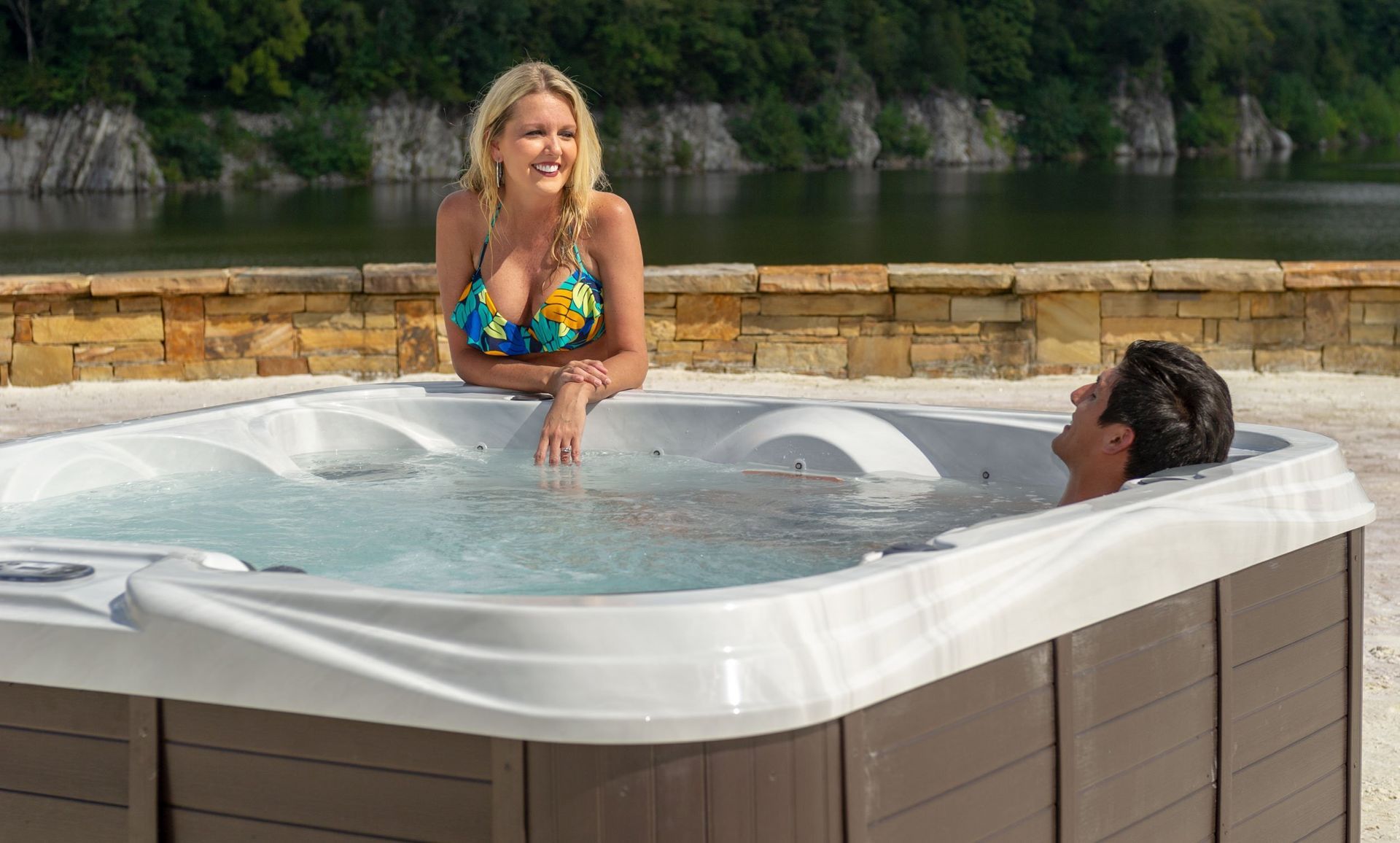
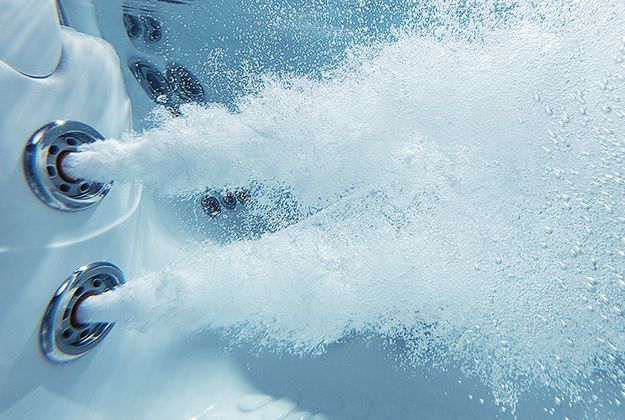
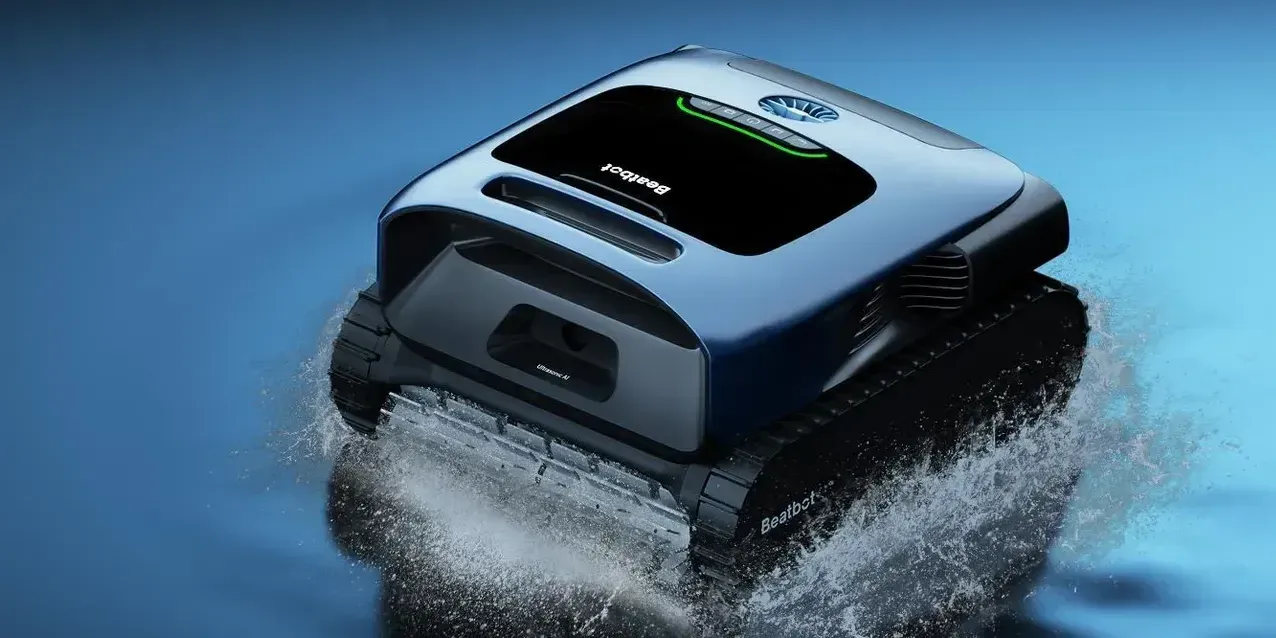


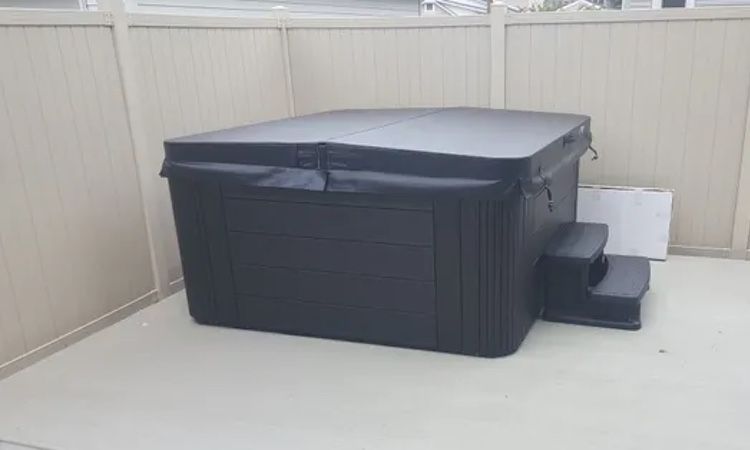
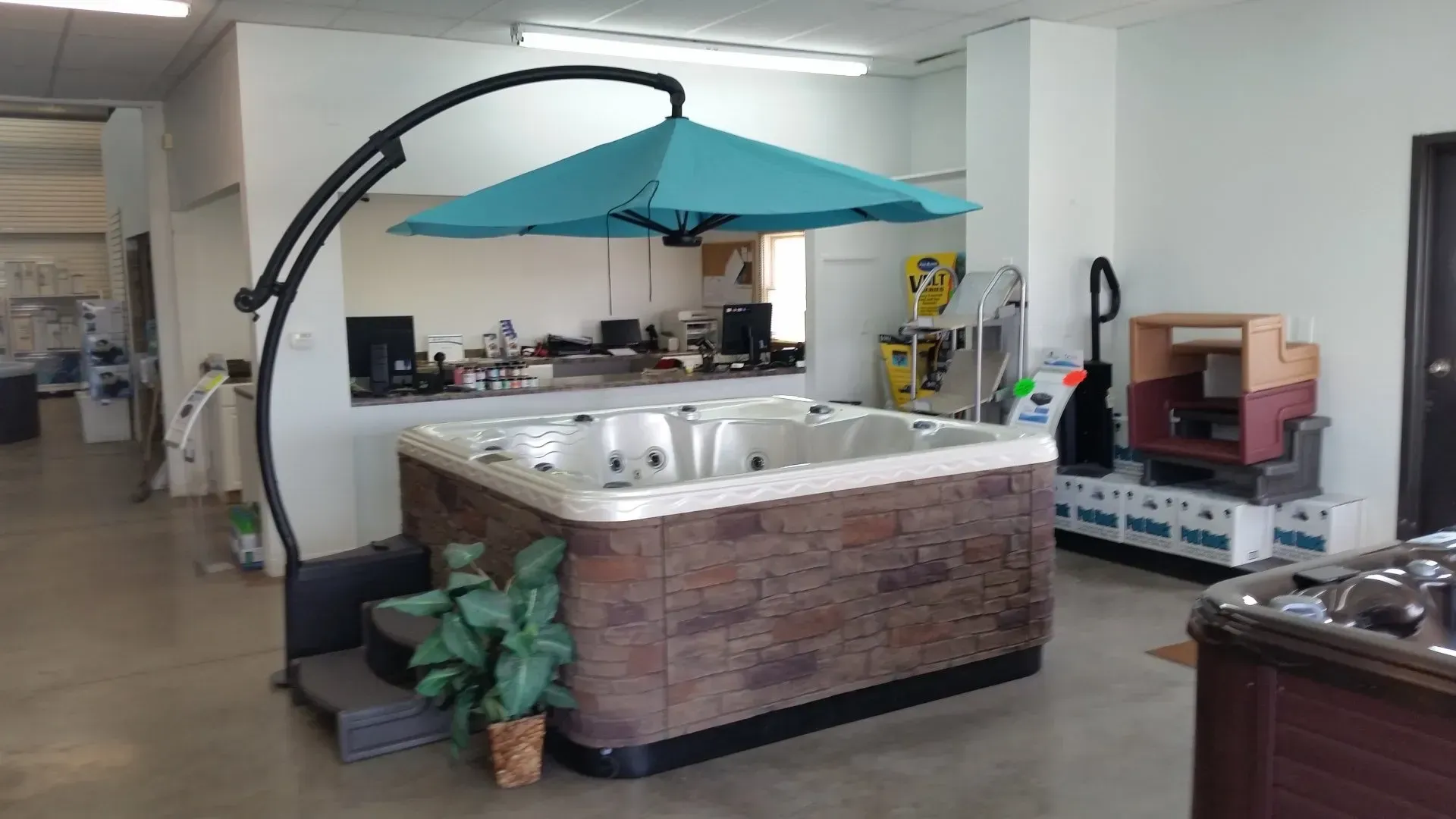
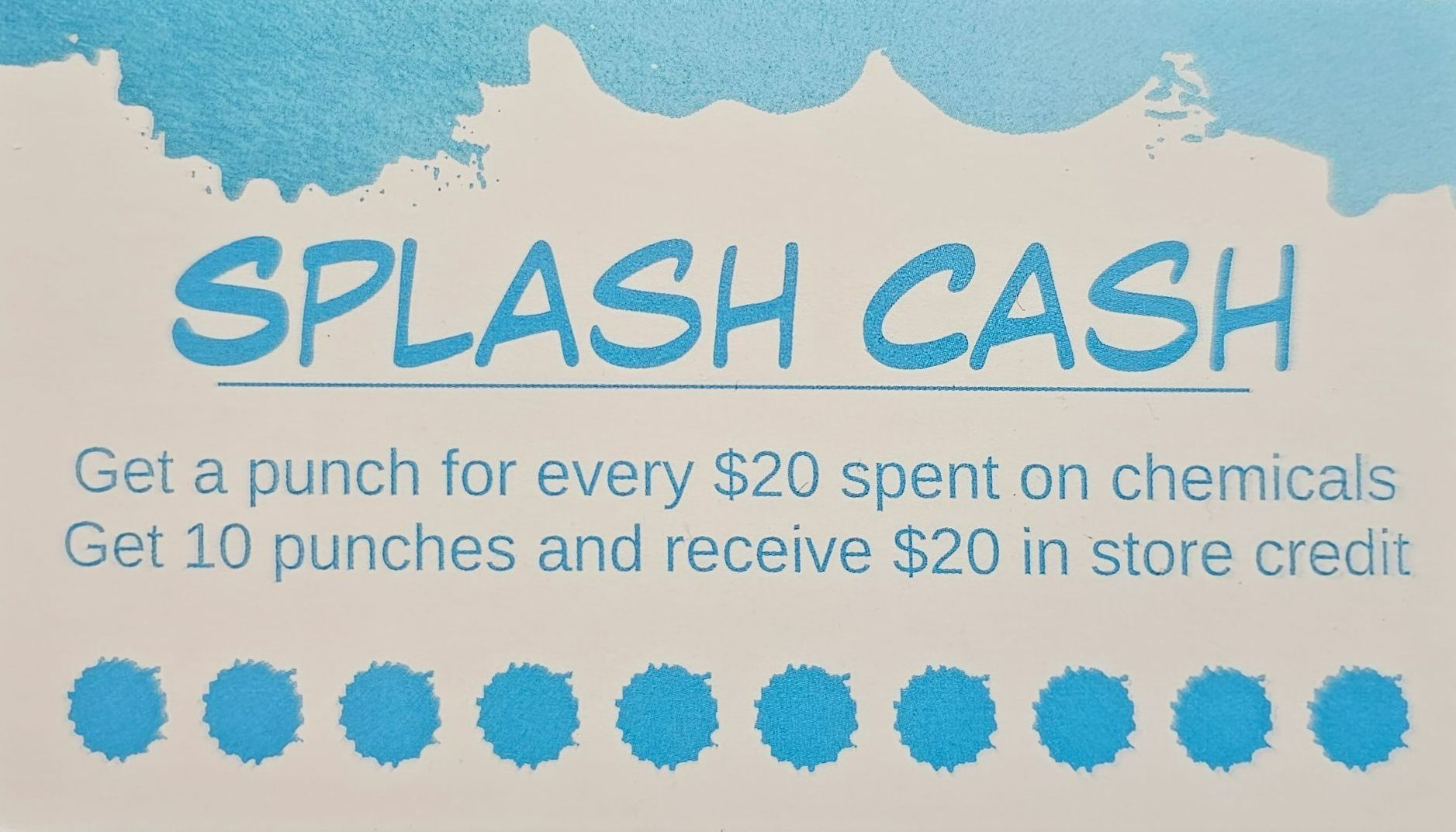
Share On: